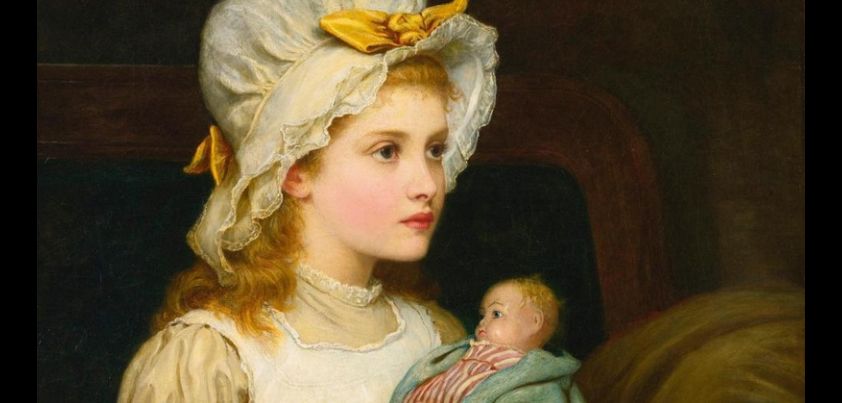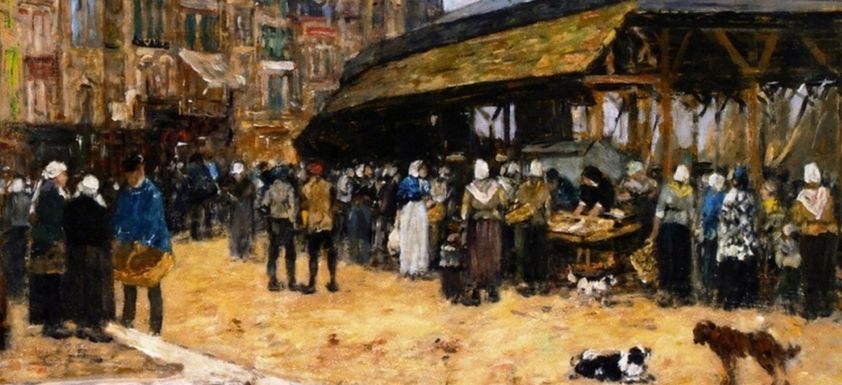 In this coming-of-age story by Budge Wilson, a seventh-grade girl flourishes under a flamboyant English teacher. Inspired by the teacher, she learns to endure problems at home by writing metaphors. Four years later, she has the same teacher in high school. The unruly tenth graders constantly humiliate the poor woman, who has difficulty coping. Rather than acknowledge their past or offer thanks for her help in seventh grade, the girl ignores her. When the teacher dies in a tragic after-school accident, the devastated teen copes with her guilt by writing a metaphor. Themes include identity, peer pressure, guilt, self-realization. More…
In this coming-of-age story by Budge Wilson, a seventh-grade girl flourishes under a flamboyant English teacher. Inspired by the teacher, she learns to endure problems at home by writing metaphors. Four years later, she has the same teacher in high school. The unruly tenth graders constantly humiliate the poor woman, who has difficulty coping. Rather than acknowledge their past or offer thanks for her help in seventh grade, the girl ignores her. When the teacher dies in a tragic after-school accident, the devastated teen copes with her guilt by writing a metaphor. Themes include identity, peer pressure, guilt, self-realization. More…
Old Woman Magoun
 In this story by Mary R. Wilkins Freeman an old woman takes drastic action to prevent her granddaughter’s father from trafficking her to settle a gambling debt. The girl’s mother had died shortly after she was born. Wary of the shiftless, hard drinking men of the town, the grandmother had raised her in sheltered isolation. Now fourteen and innocent to the ways of the world, her father demands that she be handed over. Desperate, the grandmother turns to nature to “spare” her. Themes include patriarchy and gender roles, overprotectiveness, alcohol abuse, human trafficking, innocence, piety, love, despair, mercy killing. More…
In this story by Mary R. Wilkins Freeman an old woman takes drastic action to prevent her granddaughter’s father from trafficking her to settle a gambling debt. The girl’s mother had died shortly after she was born. Wary of the shiftless, hard drinking men of the town, the grandmother had raised her in sheltered isolation. Now fourteen and innocent to the ways of the world, her father demands that she be handed over. Desperate, the grandmother turns to nature to “spare” her. Themes include patriarchy and gender roles, overprotectiveness, alcohol abuse, human trafficking, innocence, piety, love, despair, mercy killing. More…
Drying Out
 Drying Out is from Cynthia Rylant’s book Every Living Thing, which contains several stories aimed at school-aged children about how animals can change people’s lives. In this story, the expression ‘Drying Out’ has nothing to do with water. Rather, it is an idiom which means for someone who is dependent on alcohol to stop drinking. The main character (protagonist) is a returned soldier whose life is ruined when he starts drinking too much after his wife leaves him. He is sent to a special hospital where some unlikely friends who visit every morning help him to overcome his problem. More…
Drying Out is from Cynthia Rylant’s book Every Living Thing, which contains several stories aimed at school-aged children about how animals can change people’s lives. In this story, the expression ‘Drying Out’ has nothing to do with water. Rather, it is an idiom which means for someone who is dependent on alcohol to stop drinking. The main character (protagonist) is a returned soldier whose life is ruined when he starts drinking too much after his wife leaves him. He is sent to a special hospital where some unlikely friends who visit every morning help him to overcome his problem. More…
Answer
 A goodreads.com reviewer aptly describes Answer by Fredric Brown as one of the most concise SciFi horror stories I have ever read. There are uncanny similarities between the new supercomputer’s response to the first question asked of it and the final sentence of Isaac Asimov’s The Last Question. Both stories were published in the mid-1950s and reflect concerns about the future influence of computers on society. Some reviewers suggest that Brown’s one cybernetics machine that combines all the knowledge of all the galaxies already exists… it’s called the Internet! Themes include scientific hubris, the dangers of technology, unintended consequences. More…
A goodreads.com reviewer aptly describes Answer by Fredric Brown as one of the most concise SciFi horror stories I have ever read. There are uncanny similarities between the new supercomputer’s response to the first question asked of it and the final sentence of Isaac Asimov’s The Last Question. Both stories were published in the mid-1950s and reflect concerns about the future influence of computers on society. Some reviewers suggest that Brown’s one cybernetics machine that combines all the knowledge of all the galaxies already exists… it’s called the Internet! Themes include scientific hubris, the dangers of technology, unintended consequences. More…
The Piece of String
 This Guy de Maupassant story involves a frugal farmer whose reputation is forever tarnished after a rival falsely accuses him of finding and failing to return a lost pocketbook. Sadly, he is the victim of a stereotype about “Norman craftiness”. No matter how much he protests that he picked up a piece of string, and even in the face of another peasant coming forward with the pocketbook, nobody will believe him. This weighs so much on the proud man’s mind that he wastes away to an early death. Themes: false accusations, stereotyping, injustice, pride, obsession with image/reputation. More…
This Guy de Maupassant story involves a frugal farmer whose reputation is forever tarnished after a rival falsely accuses him of finding and failing to return a lost pocketbook. Sadly, he is the victim of a stereotype about “Norman craftiness”. No matter how much he protests that he picked up a piece of string, and even in the face of another peasant coming forward with the pocketbook, nobody will believe him. This weighs so much on the proud man’s mind that he wastes away to an early death. Themes: false accusations, stereotyping, injustice, pride, obsession with image/reputation. More…